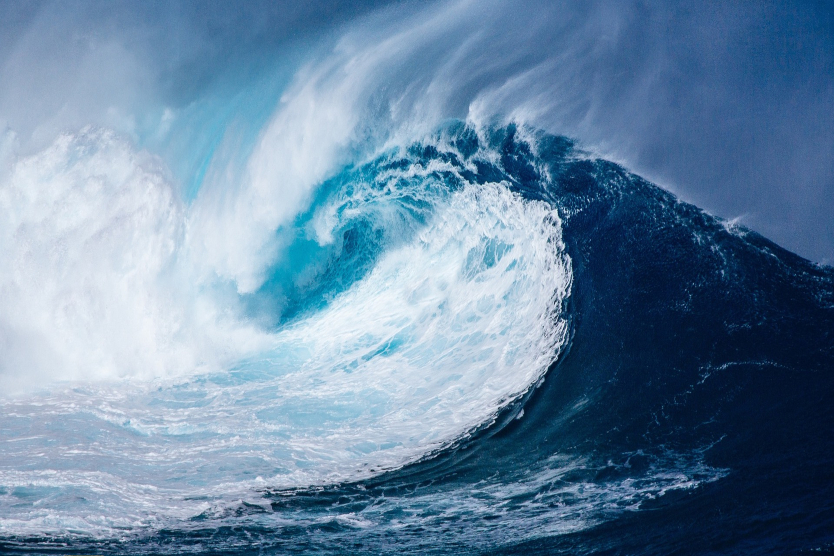
Engineers from the University of Magdeburg have developed a new kind of vertical-axis turbine with motorised blades.
© Pixabay
The potential of tidal hydropower for generating green electricity has hardly been tapped. This is largely due to the expense of maintaining the technology and concerns about the negative impact on biodiversity along coastlines and in rivers. But engineers from the Otto von Guericke University of Magdeburg have set about developing a new kind of vertical-axis turbine with motorised blades that will make hydroelectric plants more cost-effective and sustainable.
The drives are integrated inside the blades, enabling them to adapt to the water flow and thereby avoid the “stall condition” – a phenomenon when the lift or flow that keeps an airplane aloft or powers a rotor blade or suddenly drops, while the drag forces increase. This leads to performance drop-outs and material failures over time. Until now, those stresses were compensated for by using bulkier components and expensive high-performance materials. But the new technology is designed to actively control the flow around the blades (which are roughly a centimetre thick) to achieve maximum efficiency with minimum strain and no extra drag.
Dr Stefan Hoerner, joint project leader with Prof. Roberto Leidhold at the university’s Institute of Thermodynamics and Fluid Dynamics, explains in a press release: “This translates in higher electrical output, and at the same time the structure can be designed to be more slender. In turn this helps to save materials and to increase the lifespan of the turbines in sustainable tidal or run-of-river power plants.”
The new lightweight turbine technology will be tested extensively using computer simulations, before being used in water. The German Research Foundation (DFG) is funding the research project to the tune of almost EUR 700,000.


